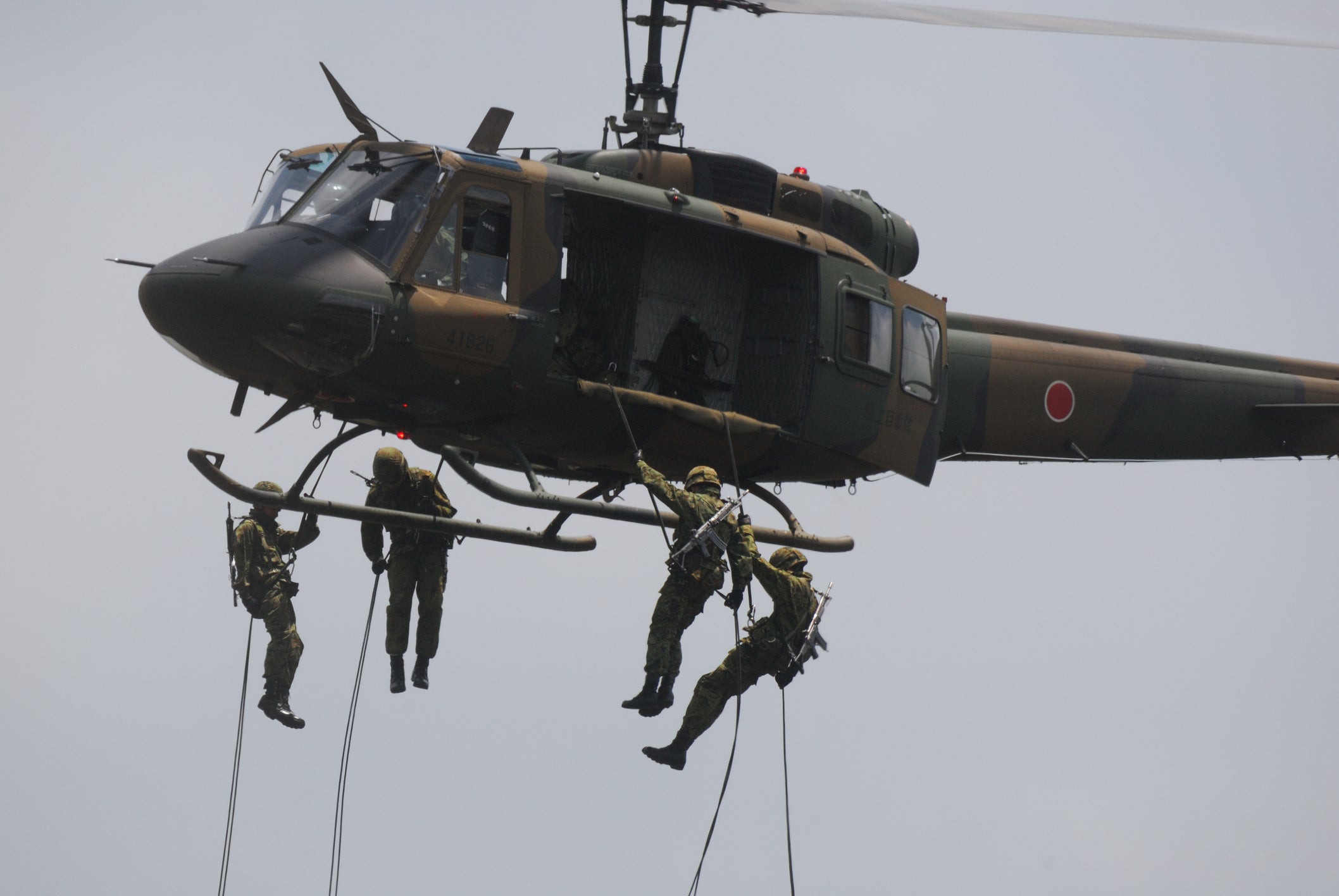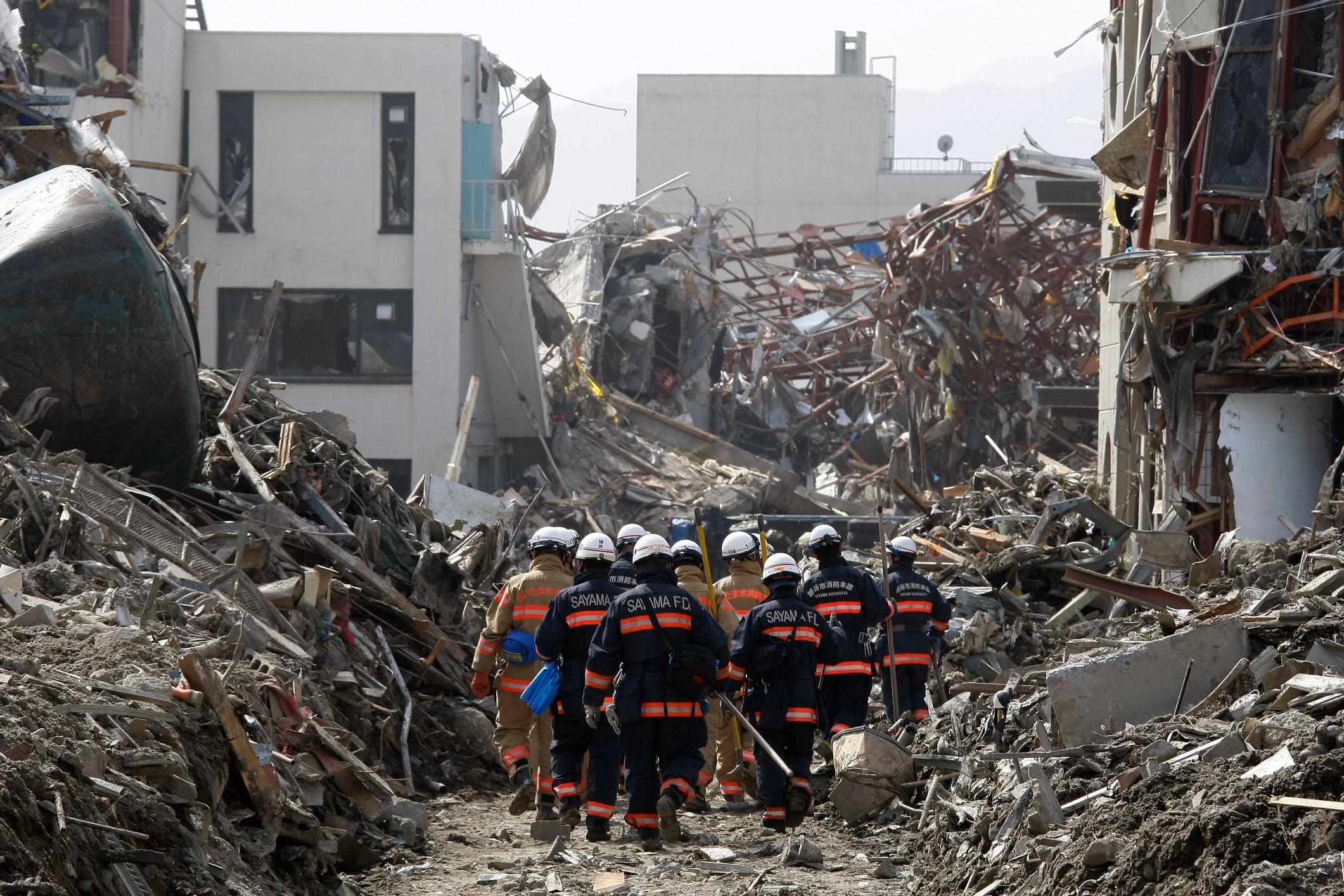What happens if there is a power outage?
table of contents
2.Preparing for power outages and countermeasures
1.Factors that cause blackouts
There are various factors that cause power outages.
(1) Natural disasters
Damage to power lines due to high wind speed
During windy natural disasters such as storms and tornadoes, the force of the wind can topple and damage power lines and utility poles. This will interrupt the power supply.
lightning damage
Lightning can directly affect power equipment. A direct lightning strike or a nearby lightning strike can damage power lines and substations, disrupting power supplies.
inundation due to flooding
Flooding can flood power lines, substations, and electrical installations. When water enters an electrical device, it causes a short circuit or damage and cuts off the power supply.
Earthquake damage to structures
Earthquakes can also damage power equipment and transmission lines. If an earthquake causes utility poles to fall or buildings to collapse, the power supply will be interrupted.
Effects of ice and snow
In ice and snow conditions, power lines and power utilities are heavily loaded. Branches and power lines can become ice-heavy or topple over under the weight of snow.
Equipment damage due to fire
When fire reaches power installations and transmission lines, it damages equipment and wiring and disrupts power supplies.
Ground subsidence and landslides
Ground subsidence and landslides can damage power equipment and transmission lines.
The importance of disaster countermeasures and preventive measures is emphasized because it varies depending on the region and situation. Electric power companies prepare preventive and recovery measures in preparation for disasters, and strive to minimize the damage caused by power outages.
(2) Failure of power equipment
power line failure
Power lines are the main pathways for transmitting electrical power. Power flow is interrupted when transmission lines break due to aging or damage, or when intermittent contact failures occur.
substation failure
Substations are responsible for converting high voltage power into low voltage power. The substation itself can go down or the power supply can be temporarily interrupted due to equipment or component failures, overloads, or internal electrical problems within the substation.
Failure of the switchboard or switchgear
Switchboards and switchgear are responsible for distributing power to different rooms and areas. If any of these devices fails, power may be limited or interrupted.
Transformer failure
Transformers are responsible for transforming electricity. Transformers can shut down or have limited power supply due to a failure of the transformer's internal components, cooling system, or deterioration of the insulation.
Inadequate maintenance and inspection
Problems can be overlooked and repairs delayed if routine maintenance and inspections of power equipment are not performed properly. This can cause faults and interrupt the power supply.
(3) Excessive power demand
Increased peak demand
During certain times of the day and seasons, electricity demand can spike. For example, demand for air conditioning and cooling increases during hot summer peaks, and heating demand increases during cold winter peaks. During such peak demand periods, supply capacity may not keep up, resulting in excessive power demand and blackouts.
Unexpected increase in demand
Unexpected factors can cause power demand to spike more than usual. Unpredictable increases in demand, for example, include abnormally high temperatures and increased cooling demand due to sudden climate change, and intensive power use due to large-scale events and holidays.
Constraints on supply capacity
The power supply system has a limited supply capacity. When power plants and transmission lines have limited capacity, supply may not keep up with demand spikes. In this case, excessive power demand can occur and blackouts can occur.
Unexpected power plant failure
Supply capacity is limited when a power plant breaks down or requires unscheduled maintenance. When such an unexpected power plant failure occurs, demand can exceed supply and blackouts can occur.
(4) Man-made factors
Incorrect operation or technical error
Incorrect procedures and mistakes can occur during the operation and maintenance of power equipment and systems. For example, incorrect switch operation, incorrect circuit switching, improper wiring, or misconfigured equipment can cause power interruptions.
Construction work or construction activities
At construction sites and during construction activities, power lines and cables can be accidentally damaged. Construction machinery and excavation work can damage power equipment and cause power outages.
cyber security attack
Cybersecurity attacks can target power supply systems. Hackers and cybercriminals can penetrate power networks and control systems, disrupting or destroying their operations and controls, causing power outages.
Electricity theft or unauthorized connection
Illegal power theft and unauthorized connections can also cause power outages. This can overload the power supply and cause blackouts.
Damage from car accidents and disasters
Vehicle accidents and disasters can damage utility poles and distribution equipment. This can interrupt the power supply and cause a power outage.
(5) Preventive blackouts
Ensuring safety
In order to ensure the safety of power equipment and systems, regular inspection, maintenance, repair and improvement work are required. Preventive blackouts can temporarily interrupt power supplies for workers to safely access power equipment and perform work.
Equipment updates and upgrades
Due to the aging of power equipment and advances in technology, it may be necessary to update or upgrade the equipment. Proactive outages may be necessary for things like installing new equipment or replacing existing equipment.
balance adjustment
A power supply system must keep supply and demand in balance. In the event of unexpected demand increases or supply constraints, proactive outages may be implemented to balance power demand and supply and ensure overall power system stability.
preventative maintenance
Power equipment requires regular maintenance. Preventative power outages are sometimes performed to perform routine maintenance or preventative maintenance work. Examples include equipment cleaning, insulation inspection, cooling system maintenance, and component replacement.
disaster prevention
If a disaster is expected, preventive power outages may be implemented. For example, when a typhoon or heavy rain is approaching, there is a risk of power lines falling over or equipment being damaged by flooding, so preventive power outages are sometimes carried out.
2.Preparation and Countermeasures for Power Outages
emergency preparedness
It is important for homes and businesses to have stockpiles and equipment ready for emergencies. Prepare flashlights, spare batteries, candles, lighters, emergency food, water, and radios. In addition, you can consider installing an emergency generator or battery backup system.
Optimizing power usage
By optimizing energy use, you can reduce the impact of power outages. It is effective to introduce energy-saving equipment, use efficient electrical appliances, and reduce unnecessary power consumption. Also, in order to avoid using electricity during peak hours, it is important to select time periods to distribute electricity usage and raise awareness of saving electricity.
Securing emergency contact means
Communication methods may be restricted during a power outage. In addition to charging the batteries of mobile phones and smartphones, prepare radios and rechargeable portable batteries for emergency communication.
Ensuring safety in an emergency
It is important to ensure the safety of your surroundings during a power outage. To prevent falls and injuries, it is recommended to ensure adequate lighting and install handrails and emergency lighting to prevent falls.
Preparation of evacuation sites and evacuation plans
Evacuation may be necessary in the event of a disaster. It is important to know information about evacuation centers and evacuation sites and to prepare an evacuation plan in advance. It is also important to collect information at the time of a disaster and follow evacuation instructions.
3. summary
A power outage is a temporary interruption in the power supply, caused by a variety of factors, including natural disasters, failure of power equipment, and excessive power demand. In this article, we have discussed specific reasons for blackouts, man-made factors, and preventive blackouts.
First of all, it is important to prepare stockpiles and install emergency generators in preparation for emergencies. In addition, it is necessary to optimize the use of electricity, secure emergency contact means, ensure safety in emergencies, and prepare evacuation sites and evacuation plans.
Power outages occur in unpredictable situations, so the cooperation of individuals, businesses, and communities is important. Also, by following the instructions and proposals of electric power companies and local governments, you can respond more effectively to power outages.
It can have a huge impact on our lives and businesses, but with the right preparations and precautions we can minimize the impact. Be prepared for power outages while emphasizing safety and information sharing.














